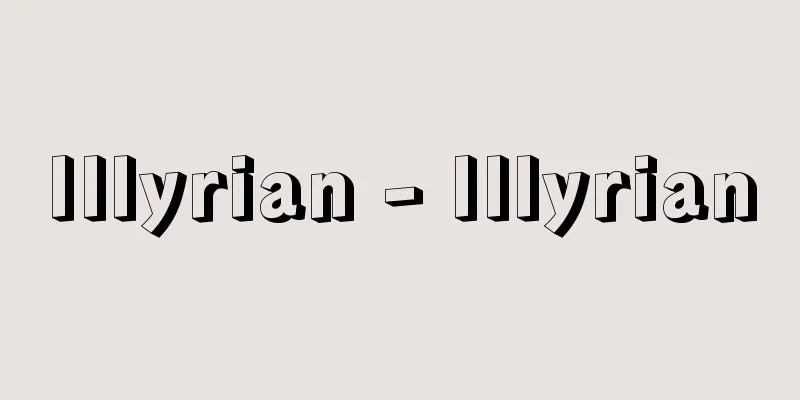Pirozhki - Pirozhki (English spelling) пирожки/pirozhki Russian

|
Russian steamed buns. They are called pirozhki, but the official name is pirazhki, and if you have one, it's pirozhok, but by convention, even if you have just one, it's still called pirazhki. The standard shape of pirozhki is a bale or stick, but larger and modified versions include pirog, rastegai, kulebyaka, and kurnik. The outer shell is made of kneaded wheat flour and can be yeasted, buttery pie crust-style, or baking powder-containing, and is used to encase a variety of fillings. Fillings can include meat, fish, eggs, rice, vegetables, jam, etc., and are cooked by frying, deep-frying, or baking in a baking oven. Pirog are square, oval or round, while kulebyakas are tall, rod-shaped or long and thin. Both are large enough to serve several people and are cut into pieces. Kurniks come in small and large shapes and are filled with chicken. Rastegai are pirozhki with a small opening in the middle to reveal the filling. They can be used as a hot appetizer, a side dish for soup, or as a meat or fish dish. They can also be eaten as a snack or in a lunch box, and those with jam can be eaten with tea. Pirozhki are a relatively modern dish, but they appeared on the menu at the coronation of Nicholas II, and today they are sold at airports and on the streets. They are a prime example of flour cuisine, and their name has spread widely, making them loved by many people anytime and anywhere. [Nagaya Miyo] Source: Shogakukan Encyclopedia Nipponica About Encyclopedia Nipponica Information | Legend |
|
ロシアまんじゅう。ピロシキとよばれるが、正式にはピラシキーで、1個ならピラジョークпирожок/pirozhokであるが、習慣で1個でもピラシキーとよんでいる。ピロシキは俵形、棒形が標準形だが、大形、変形にはピローグпирог/pirog、ラステガイ、クレビャーカ、クールニクがある。表皮は小麦粉の練ったもので、イースト入り、バターの多いパイ皮式、ベーキングパウダー入りがあり、これで種々の中身を包む。中身は肉、魚、卵、米、野菜、ジャムなどで、調理は油焼き、油で揚げたり、天火焼きにする。 ピローグは四角、楕円(だえん)形、円形で、クレビャーカは背高いもの、棒状、細長いものがあり、両者とも数人分以上の大形で、切り分けて食べる。クールニクは小形と大形があり、鶏肉を入れる。ラステガイはピロシキの中央をすこしあけて中身をみせる。これらは温前菜、スープの付け合せ、中身が肉なら肉料理、魚なら魚料理の一品料理としても通用する。軽食、弁当にもなり、ジャム入りは茶うけとなる。ピロシキは比較的近代のものだが、ニコライ2世の戴冠(たいかん)式のときのメニューにもみえ、現在、空港、街頭でも売られ、粉料理の代表格で、その名は広く普及し、いつでもどこでも多くの人に親しまれている。 [長屋美代] 出典 小学館 日本大百科全書(ニッポニカ)日本大百科全書(ニッポニカ)について 情報 | 凡例 |
<<: Hiroshima [Prefecture] - Hiroshima
>>: Hirosawa Pond - Hirosawa Pond
Recommend
British United Press
…UP is the abbreviation for United Press Associat...
Seven voices - Shichisei
A term of Chinese and Japanese music theory. A seq...
HSLA Steel - HSLA Steel
...Those made by heat treatment are called temper...
Hiroshi Ishii - Ishiikan
Born: February 7, 1901, Tokyo [Died] April 29, 197...
Clinical death
… [Death in Living Things] Death is the breakdown...
Jiandao Partisans
…The situation was tough, with the group setting ...
social landscape
...Although there are some issues regarding calli...
Roon, A.von (English) RoonAvon
…In this process, the German bourgeoisie, while p...
Akeai Tomb - Akeai Tomb
<br /> An ancient tomb in Ano-cho, Tsu City,...
Murakushi-so
A medieval manor in Totomi Province. It is identif...
damonisch (English spelling) damonisch
...Daemons are all the forces that modern people ...
Japanese characters - kokuji
This is a word that is used in various ways and i...
Petrogale
…Among the mammals belonging to the marsupial fam...
la literature orale (English spelling) laliteratureorale
… [Suzuki Shuji]. … *Some of the terminology that...
Cho Hakkai
A pig monster that appears in the Chinese novel Jo...









